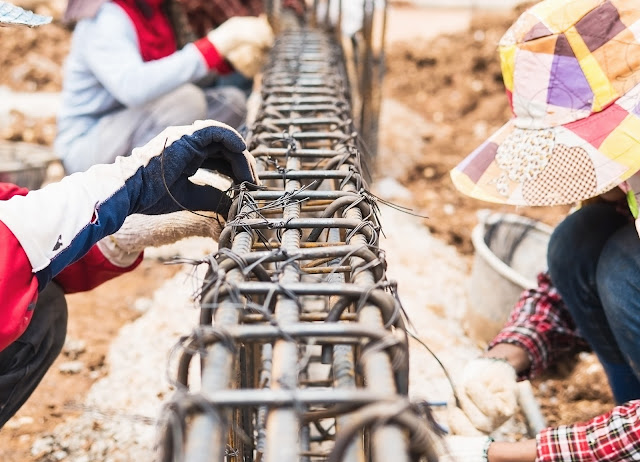Maintaining the integrity of roads and bridges is crucial to ensuring the safety and functionality of our transportation infrastructure. In South Australia, where the climate can be harsh and unforgiving, the need for effective road crack repair and reliable bridge expansion joints is paramount. Let's delve into the vital role these components play in safeguarding our roadways and bridges.
Bridge Expansion Joints:
Bridge expansion joints are critical components of any bridge structure. They serve as flexible connectors that allow the bridge to expand and contract with temperature variations and other environmental factors. These joints help prevent structural damage, maintain road safety, and extend the lifespan of the bridge.
In South Australia's diverse climate, which includes scorching summers and cooler winters, bridge joints are essential. Without them, bridges could suffer from severe stress and eventually develop cracks, leading to costly repairs and potential safety hazards.
These joints come in various types, including modular joints, finger joints, and sliding plate joints. Each type is designed to accommodate specific movement and load requirements. For example, modular joints are suitable for moderate movement ranges, while finger joints can handle larger movements.
The Function of Bridge Expansion Joints:
They primarily serve three key functions:
Expansion and Contraction: Bridges are exposed to temperature fluctuations and structural movements due to traffic loads. Expansion joints allow the bridge to expand and contract without causing damage.
Waterproofing: These joints prevent water from infiltrating the bridge structure. Moisture can lead to corrosion and deterioration of the bridge's components.
Smooth Driving Surface: Expansion joints provide a smoother driving surface, enhancing the safety and comfort of motorists.
Road Crack Repair in South Australia:
Roads in South Australia face unique challenges due to the region's extreme weather conditions, including high temperatures, heavy rainfall, and even occasional bushfires. Over time, these factors can lead to cracks in the road surface. Proper road crack repair is essential to address these issues promptly.
Effective road crack repair in South Australia not only ensures a smoother driving experience but also enhances road safety. Cracks left unattended can worsen, leading to potholes, which can damage vehicles and pose dangers to motorists.
The Road Crack Repair Process:
The road crack repair process typically involves several steps:
Inspection: Trained professionals inspect the road surface to identify the extent and type of damage. This step is crucial in determining the appropriate repair method.
Cleaning: The damaged area is thoroughly cleaned to remove debris, dirt, and moisture. This ensures proper adhesion of repair materials.
Crack Sealing: Cracks are sealed using specialized materials such as hot pour sealants or crack fillers. These materials prevent water infiltration and further damage.
Resurfacing: In cases of extensive damage or deterioration, resurfacing may be necessary. This involves applying a new layer of asphalt or concrete to restore the road's smoothness and durability.
Preventive Measures: To prevent future cracks, road maintenance teams may implement preventive measures like regular sealcoating and addressing drainage issues.
The Importance of Timely Maintenance:
Both bridge expansion joints and road crack repair require proactive maintenance to mitigate potential problems. In South Australia, where transportation infrastructure is vital for connecting cities and communities, a comprehensive maintenance program is crucial.
Regular inspections, repairs, and replacements of bridge expansion joints can prevent costly structural damage and maintain road safety. Likewise, investing in road crack repair can significantly extend the life of road surfaces, reducing the overall maintenance burden.
Neglecting maintenance can lead to severe consequences. Cracked roads and poorly functioning bridge joints can result in accidents, traffic congestion, and increased repair costs. Moreover, the economic impact of damaged infrastructure can be substantial, affecting businesses, tourism, and daily commutes.
Conclusion:
These components play a vital role in ensuring the longevity and safety of our transportation infrastructure. By prioritizing proactive maintenance and addressing issues promptly, we can keep our roads and bridges in excellent condition for years to come.
Investing in high-quality materials and skilled professionals for both bridge expansion joints and road crack repair is an investment in the safety, efficiency, and overall well-being of our communities. South Australia's roadways and bridges are lifelines that connect us all, and their maintenance should remain a top priority for years to come. Road maintenance is a multifaceted effort, and addressing bridge expansion joints and road cracks is a critical part of the puzzle, ensuring that our transportation infrastructure remains safe, efficient, and durable for generations to come.
To avail of these services, get in touch with Linemarking Plus now!

Comments
Post a Comment